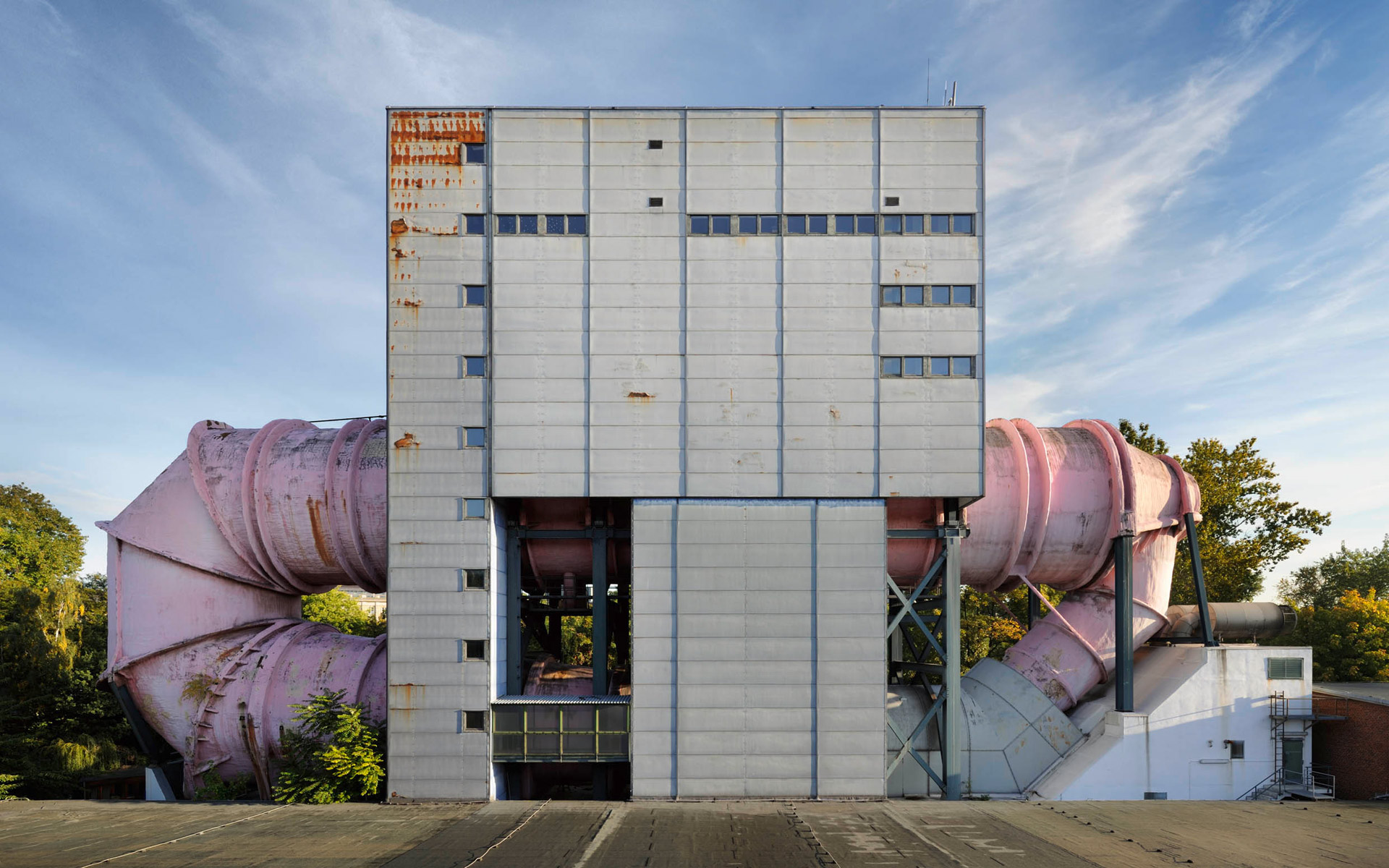-
Pink
Pipe
Dream
All photos: Philipp Lohöfener / Wüstenrot Stiftung
-
With its remarkable form and odd colours, the “Pink Pipe” (1967-1974) is one of Berlin’s strangest buildings. It is commonly attributed to architect Ludwig Leo (1924-2012), but in fact Leo’s role in the project was limited. The project for a new Umlauftank (cavitation tunnel) for the Research Institute for Hydraulic Engineering and Shipbuilding was conceived and developed by the shipbuilding engineer Christian Boës, as a testing place for waterborne objects (read: boats). The layout of the facility, with its vertically oriented pipe and a testing hall riding on top, was determined by the physical requirements of the scientific facility. The object to be tested – for example, a model of a ship’s hull – is held in position at the top of the tank; the water, driven by a propeller at the bottom of the tank, is then circulated past the object.
Drawing of the Umlauftank 2 by Ludwig Leo © Technical University Berlin
-

-
Leo was invited to provide artistic direction for the project. The ensuing collaboration between Boës and Leo resulted in a unique engineering/architecture hybrid. Leo succeeded in integrating his wide-ranging architectural sensibility seamlessly with Boës’ engineering concept. Leo gave the Umlauftank a sculptural and monumental presence by raising it on a concrete plinth and designing a mysterious, subtly anthropomorphic box, thus bringing the Umlauftank into dialogue with its urban context. No clear explanation has ever been given for the colours blue and pink, though oblique references to contemporary Pop Art and Archigram seem the most likely.
Looking from the bottom of the dried-out basin into the Pink Pipe: a spot where once a stream of water would have flushed you away.
-
Ludwig Leo was perhaps the most unusual architect working in West Berlin in the post-war period. He realised only a small number of very impressive buildings including the famous DLRG-Zentrale: a 11-storey tall boat house with a 44-degree slanting façade that integrates a lift for boats. Leo designed in a conceptual fashion and synthesised a wide variety of influences – aiming to offer a functionally optimised and architecturally appropriate solution for each specific task.
Apart from designing the Umlauftank, Christian Boës has completed quite a lot of engineering projects connected with water.
Jack Burnett-Stuart is a founding member of Berlin-based BARarchitekten, whose work concentrates on housing and mixed-use projects. The office has researched Ludwig Leo for over twenty years, and in 2013 joined Gregor Harbusch for the exhibition Ludwig Leo. Ausschnitt, the first exhibition about the architect’s work, for the Wüstenrot Stiftung.
Gregor Harbusch is an art historian with a strong focus on modern architecture and urbanism, currently finishing his PhD about Ludwig Leo at the ETH Zurich.
ludwigleoausschnitt.tumblr.com
bararchitekten.de
toennesmann.arch.ethz.ch
As its colours faded over the years, the Umlauftank has assumed a more melancholic character, reminiscent of the anonymous German industrial structures photographed by the Bechers. Its current restoration, supported by the Wüstenrot Stiftung as part of their programme for preserving the heritage of modern architecture, will see the exterior brought back to its original shocking colours and the device will be used again by four institutes at Berlin’s Technical University for diverse flow experiments. The restoration is planned to start in 2015 and to be completed the following year. I (Jack Burnett-Stuart & Gregor Harbusch)
About Ludwig Leo & Christian Boës
-
Search
-
FIND PRODUCTS
PRODUCT GROUP
- Building Materials
- Building Panels
- Building technology
- Façade
- Fittings
- Heating, Cooling, Ventilation
- Interior
- Roof
- Sanitary facilities
MANUFACTURER
- 3A Composites
- Alape
- Armstrong
- Caparol
- Eternit
- FSB
- Gira
- Hagemeister
- JUNG
- Kaldewei
- Lamberts
- Leicht
- Solarlux
- Steininger Designers
- Stiebel Eltron
- Velux
- Warema
- Wilkhahn
-
Follow Us
Tumblr
New and existing Tumblr users can connect with uncube and share our visual diary.
»Intelligence starts with improvisation.«
Yona Friedman
Keyboard Shortcuts
- Supermenu
- Skip Articles
- Turn Pages
- Contents


